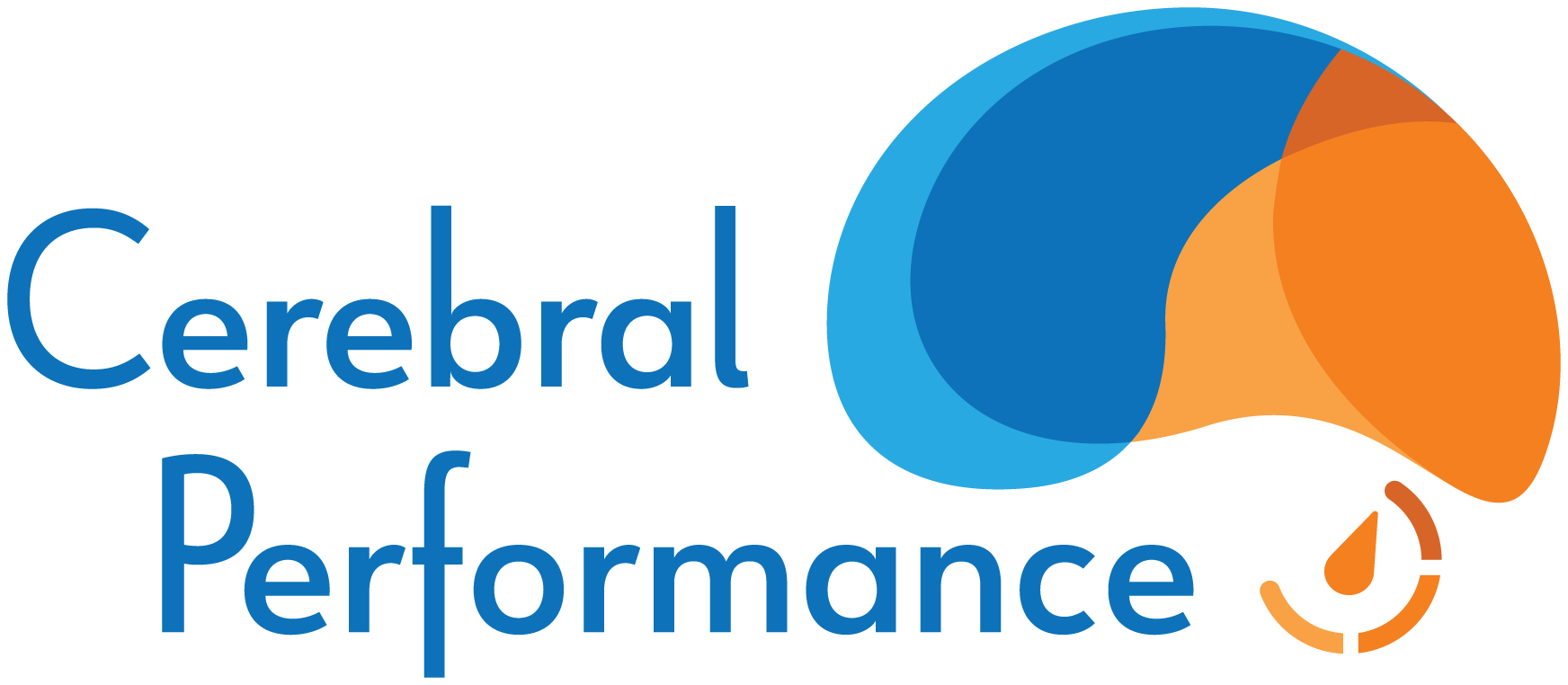See Brain Endurance System Training in Action
Elite athletes don’t just train their bodies—they train their minds. BEST is designed to enhance decision-making, focus, and fatigue resistance under pressure. But what does that training actually look like?
Here, you’ll find real examples of how athletes engage with the BEST software. BEST isn’t just one task—it’s a full system of cognitive training exercises. These tasks are carefully designed to target specific brain functions, and they can be progressively tailored to the needs of each athlete. The videos below highlight two examples from a much larger set of training exercises that BEST uses to improve decision-making, focus, and fatigue resistance.
What to Expect from BEST Training:
Watch the videos below to get a better understanding on how BEST helps athletes train their brains just like they train their muscles.
Training Cognitive Flexibility & Decision-Making Under Pressure
What is the Attention Switching Task?
This task trains an athlete’s ability to rapidly shift focus and make split-second decisions under fatigue. Athletes must respond quickly based on changing conditions, reinforcing their ability to stay sharp and react fast in high-stress situations.
When is This Task Used?
- During high-intensity training blocks to improve cognitive endurance
- After physically exhausting workouts to simulate competition stress
- As a warm-up for mental activation before training or competition
Why Does It Work?
The Attention Switching Task strengthens the brain’s ability to process information efficiently and adjust to new stimuli without hesitation—a crucial skill in fast-paced sports.
Key Benefits for Athletes:
- Faster reaction times under pressure
- Enhanced focus and mental agility
- Improved split-second decision-making
Measuring & Managing Mental Fatigue for Peak Performance
What is the PVT-B Task?
The Psychomotor Vigilance Task (PVT-B) is used to track an athlete’s mental fatigue levels by measuring response times. It helps identify when cognitive function is impaired—a key factor in preventing overtraining and performance dips.
When is This Task Used?
- Before and after training to assess recovery and cognitive function
- During periods of high workload to monitor fatigue accumulation
- As a tool for individualized training adjustments
Why Does It Work?
This task provides an objective measure of central nervous system fatigue, helping coaches and athletes adjust training loads, recovery strategies, and competition readiness. When reaction times slow down over multiple days, it’s a clear sign that additional recovery is needed.
Key Benefits for Athletes:
- Tracks mental fatigue & recovery
- Helps optimize training loads
- Reduces risk of burnout & overtraining
